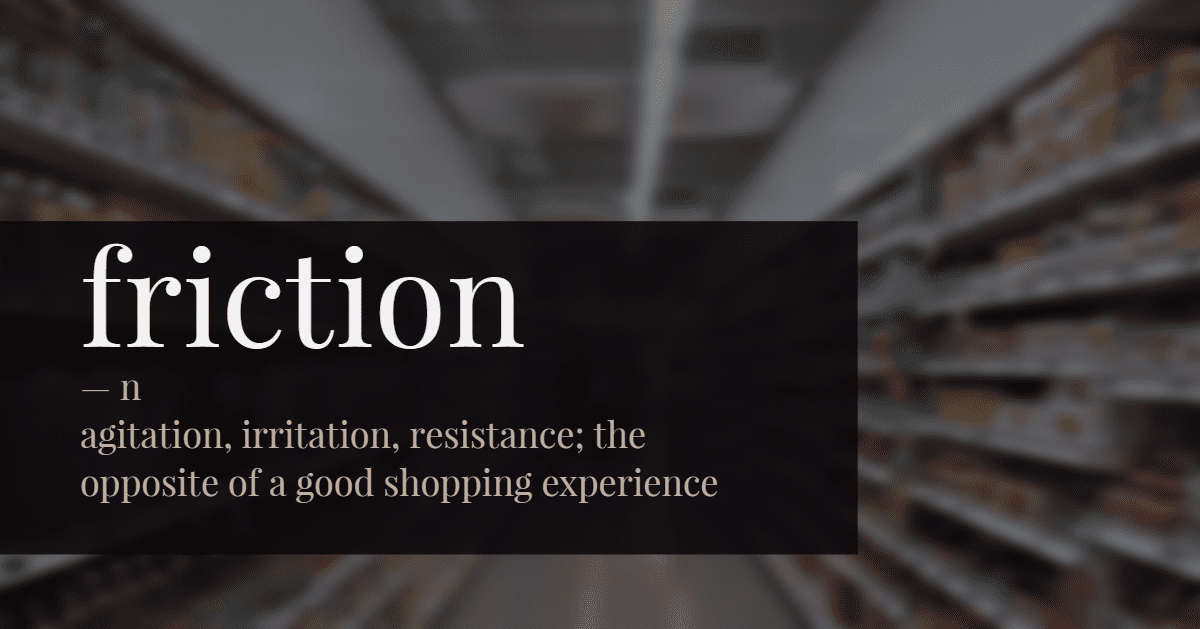Groceryshop 2019 – The Intelligent Store: LAS VEGAS—The grocery store of the future is already here, at least in part.
Retail shelves are no longer inanimate objects but vessels of knowledge, transferring data about inventory, pricing, and consumer preferences.
Kevin Howard, founder and president of AWM Smart Shelf, has designed shelving to not only track out of stock items but provide shopper insights—the kind most retailers glean from online purchases—but from within brick-and-mortar stores.
Howard’s fixed cameras create an in-store dashboard to track data that can include the age, gender, and ethnicity of shoppers. Having such knowledge can allow store owners to better tailor their inventory. Howard believes the future of physical stores revolves around real-time data tracking to truly know customers. This localization, provided by artificial intelligence (AI), is the key to success.
Another way to track product and consumer buying habits is through what Richard Schwartz, president and CEO of Pensa Systems, calls “flying wiffle balls.” They aren’t actually balls but AI-empowered aerial robot cameras that scan shelves and deliver a wealth of data.
Then there’s Grabango, created to deliver frictionless checkout. Friction has been a recurring theme at Groceryshop, as everyone hopes to keep customers moving and happy—free from discomfort or friction. Grabango, currently in use at GIANT Eagle’s 475 stores, aims to reduce barriers and increase capacity for grocers, according to company founder and CEO Will Glaser.
Unlike the AmazonGo model, Glaser believes grocers should be accommodating to all customers with all types of pay, building loyalty. If happy customers keep coming back, retailers earn more and then can pay it forward by reinvesting in stores and services or offering customers special incentives and savings—Glaser calls it the “double-double” win.



